An Esthetician on the Everyday Habits That Genuinely Transform Your Skin
I’ve been a licensed esthetician for over fifteen years, and in that time, I’ve seen it all. I’ve worked with skin of every age, type, and condition you can imagine. My job isn’t about chasing some impossible ideal of youth or pushing a miracle cure in a bottle. It’s about helping people understand their skin for what it is: an organ. Our body’s largest one, by the way.
In this article
- The Real Deal on Sun Damage (It’s More Than a Burn)
- How to Actually Protect Your Skin Like a Pro
- The Night Shift: Why Cleansing and Sleep Are Everything
- It Starts From Within: Hydration, Stress, and Your Skin
- Quick Habits with Big Payoffs
- Taking the Next Step (and Knowing Your Limits)
- Inspirational Gallery
So many people walk into my studio looking for a single, complex product or a pricey treatment to fix everything. But the first thing we always talk about is their daily routine. Honestly, the small things you do every single day have a much bigger impact than any facial you could get once a month. The consistency is what counts.
Of course, genetics plays a huge part in how our skin behaves. I can’t change your DNA. But think of it this way: your genes are the blueprint for a house, and your lifestyle habits are the maintenance crew. Even the most beautifully designed house will crumble with a bad crew. This guide is all about being a great maintenance crew for your skin, based on years of real-world practice and established skin science. It’s not about fighting age; it’s about working with your body to feel healthy and confident in your skin for life.
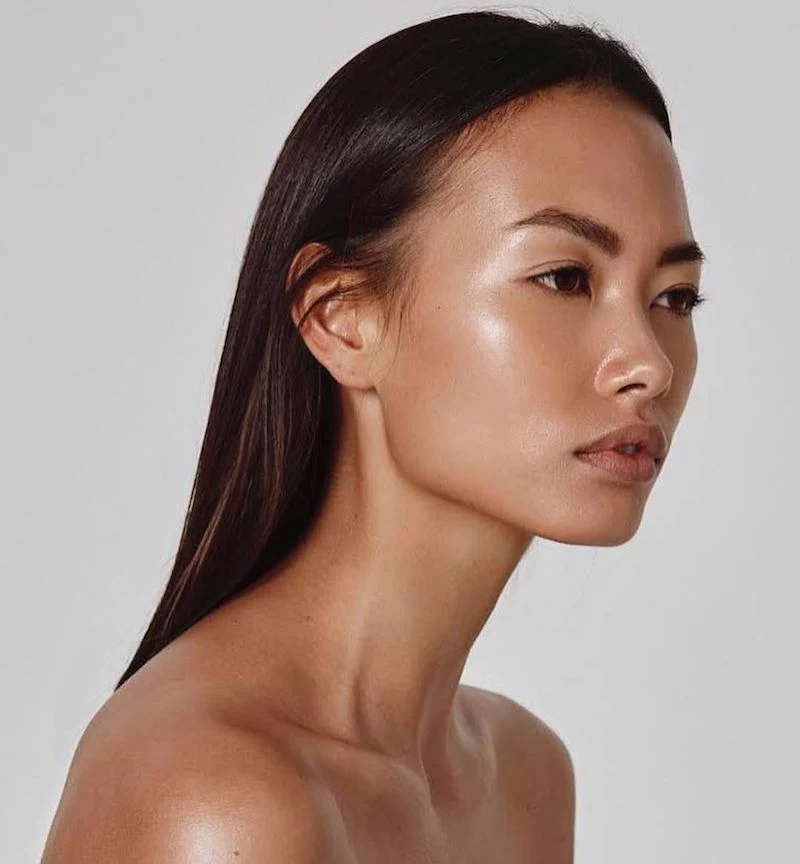
The Real Deal on Sun Damage (It’s More Than a Burn)
If there is one thing that every skin expert on the planet agrees on, it’s this: the single biggest factor in how skin visibly ages is exposure to ultraviolet (UV) light from the sun. When I chat with new clients, the first topic is always sunscreen. So many people still think it’s just for beach days, and that’s probably the most critical misunderstanding in all of skincare.
The sun hits us with two main types of UV rays that affect skin: UVA and UVB. An easy way to remember the difference is UVA for Aging and UVB for Burning. UVB rays are what cause that familiar red, painful sunburn, damaging the skin’s surface. But UVA rays are the silent, sneaky ones. They have a longer wavelength that lets them penetrate deep into the skin’s thickest layer, where your collagen (for firmness) and elastin (for bounce) live. Over time, UVA rays chew up these essential proteins, leading to wrinkles, sagging, and what the pros call ‘photoaging.’
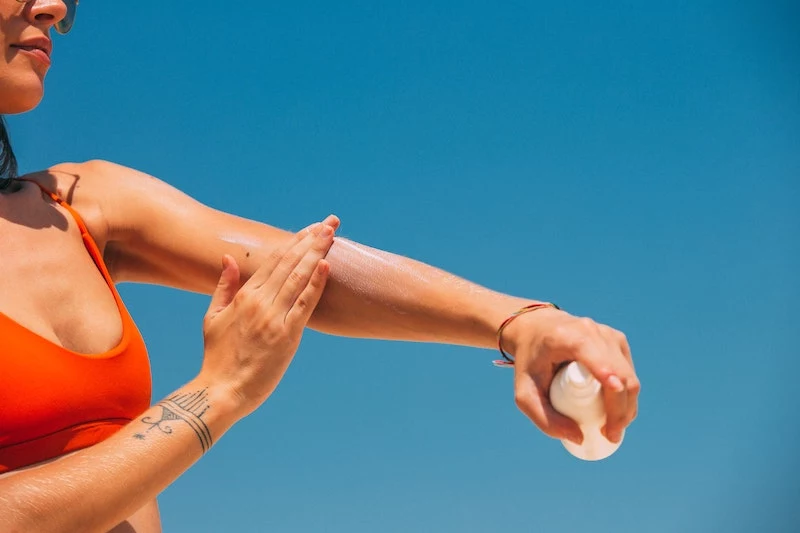
You can’t even feel it happening. UVA rays are out there every day, all day, whether it’s sunny, cloudy, or raining. They go right through windows, which is why I can often see more signs of aging on the left side of my clients’ faces—the side that’s exposed to the sun while driving. It’s a real, observable pattern.
How to Actually Protect Your Skin Like a Pro
Making sun protection a non-negotiable daily habit is the goal. Here’s the straightforward approach I teach everyone.
First, you have to pick the right shield. You’ll generally find two types of sunscreen: mineral and chemical. They work differently, and what’s ‘best’ is really just what’s best for you.
- Mineral Sunscreens: These are also called physical sunscreens. The main ingredients are usually zinc oxide and titanium dioxide. They work by creating a physical barrier on your skin that literally reflects UV rays away. I often suggest these for my clients with sensitive or acne-prone skin because they’re less likely to cause irritation. The old complaint was a chalky, white finish, but thankfully, modern formulas are much more elegant.
- Chemical Sunscreens: These work by absorbing UV radiation, turning it into heat, and then releasing it from your skin. They tend to be lighter and rub in clear, which a lot of people prefer. The only downside is that some of the active ingredients can be irritating for certain skin types.
The most important thing to look for, no matter which type you choose, is the phrase ‘Broad Spectrum’ on the label. This means it protects against both UVA and UVB rays. Aim for SPF 30 at the absolute minimum; it’s the standard most dermatological experts recommend.

Next up: proper application. And this is where almost everyone messes up. You’re probably not using enough. A great guideline is the ‘two-finger rule.’ Squeeze a line of sunscreen down your index and middle fingers, from the base to the tip. That’s about the right amount for your face and neck. To be even more precise, that’s roughly 1/4 to 1/2 a teaspoon of product. The point is, use more than you think you need!
Apply it as the very last step in your skincare routine, right before makeup. And yes, you really do need to reapply. If you’re spending the day outside, do it every two hours. If you’re mostly indoors, reapplying once before you head out for lunch is a solid habit to get into.
And don’t forget your backup tools! A wide-brimmed hat is fantastic physical protection. Also, look for sunglasses with a ‘UV400’ label, which means they block nearly 100% of UVA and UVB rays. Constant squinting etches in those little lines around your eyes (crow’s feet), and good shades protect that super delicate skin.
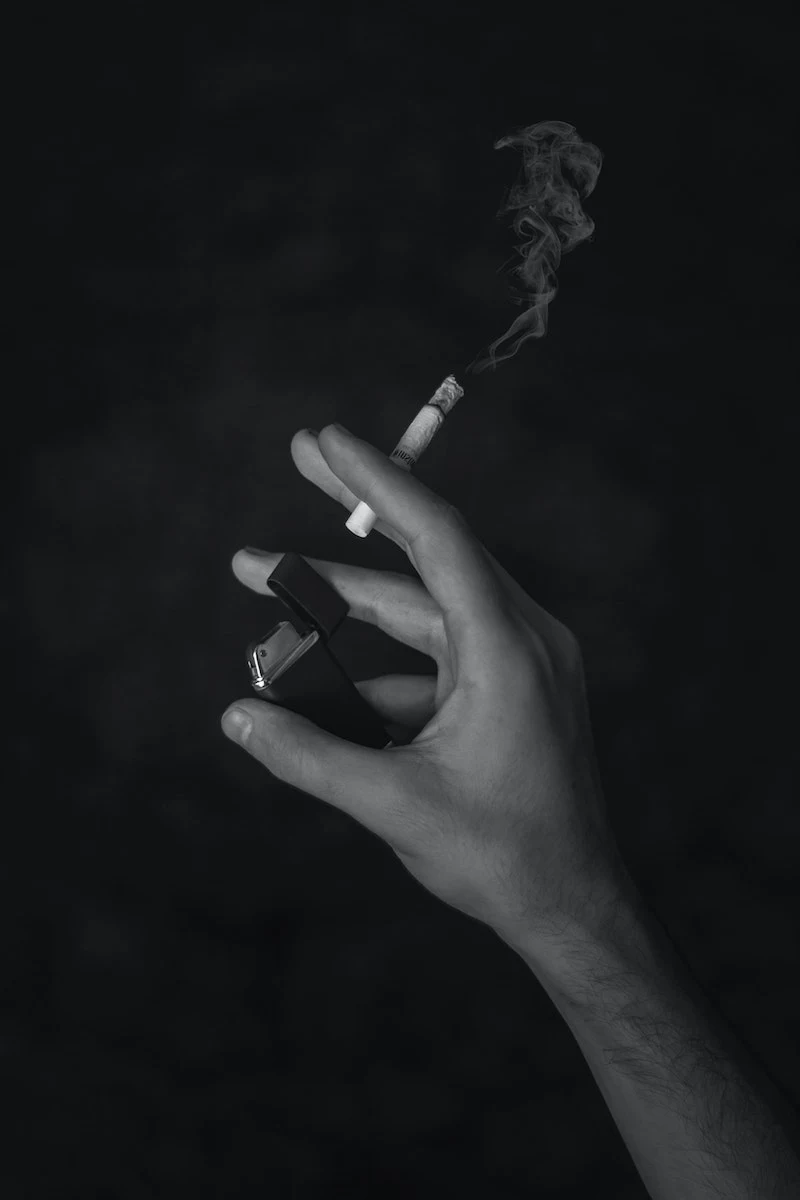
The Night Shift: Why Cleansing and Sleep Are Everything
What you do at night is just as critical as your morning routine. During the day, your skin is in defense mode. At night, it finally gets to switch over to repair mode. You have to give it a clean slate to do its job properly.
Sleeping in your makeup is one of the worst things you can do for your skin. It’s like trying to heal a wound while it’s covered in gunk. Throughout the day, your face accumulates a film of makeup, pollution, sweat, and oil. This cocktail clogs pores, which can lead to blackheads and breakouts, and it generates free radicals that break down your precious collagen. I once had a client who was frustrated with her dull, congested skin. Turns out, she was just using a makeup wipe at night. After a month of switching to proper cleansing, the change in her skin’s clarity was night and day.
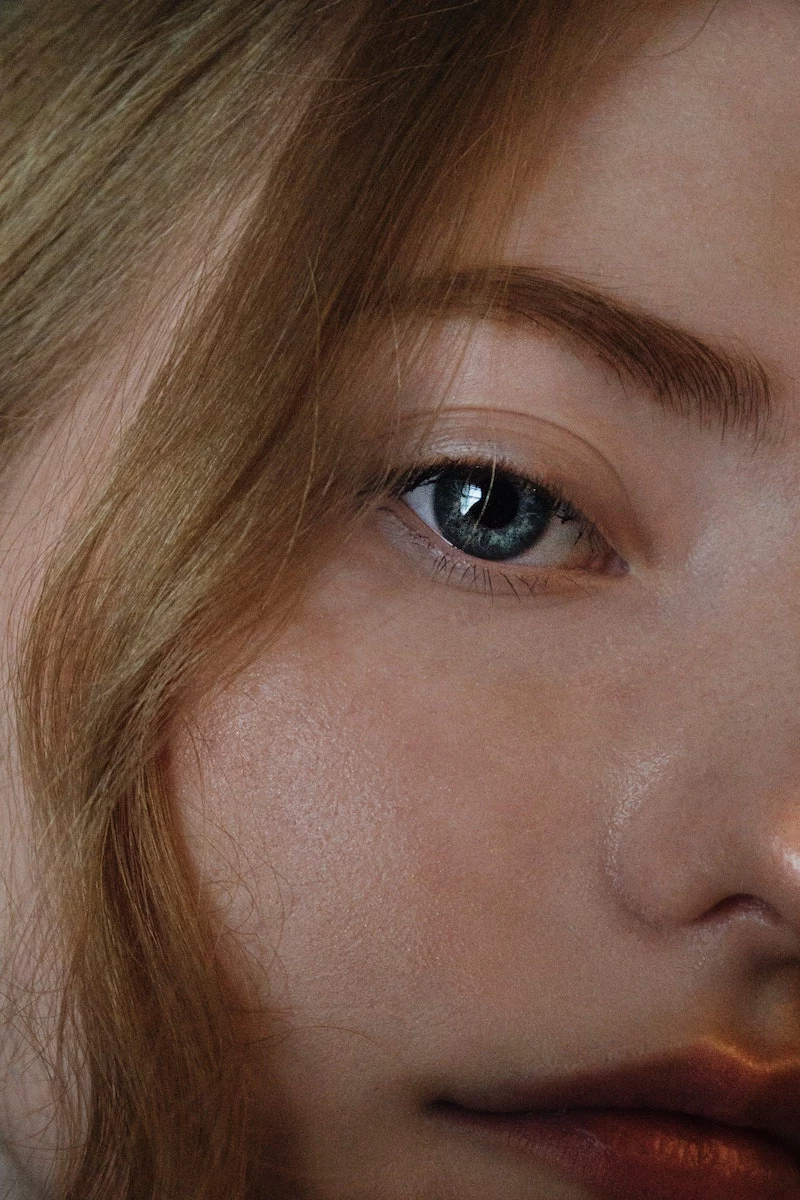
This is why I swear by the double cleansing method. It ensures you get everything off without stripping your skin bare.
- First Cleanse (Oil-Based): Start with an oil-based cleanser or a cleansing balm on a dry face. Massage it in for a good minute. Oil dissolves oil, so this step is brilliant for breaking down stubborn sunscreen, makeup, and sebum. For this, you can use a dedicated cleansing balm or even a simple oil like jojoba.
- Second Cleanse (Water-Based): After rinsing off the oil, follow up with a gentle, water-based cleanser. This step cleans your actual skin. If you have oily skin, a gel or foaming cleanser works well. If you’re on the drier side, look for a cream or milk cleanser. You can find amazing, affordable options at any drugstore for $15-$20. Your skin should feel comfortable afterward, not tight or ‘squeaky clean’—that’s a sign you’ve damaged your protective barrier!
And then there’s sleep. Real ‘beauty sleep’ isn’t a myth. During deep sleep, your body goes into major repair mode, releasing hormones that help fix cellular damage. Meanwhile, levels of the stress hormone cortisol drop. When you’re sleep-deprived (less than 7-9 hours), cortisol stays high, which breaks down collagen and weakens the skin’s barrier. It literally shows on your face as puffiness, dark circles, and a dull complexion.

Oh, and a quick note on sleeping position. This is a tough habit to break, but sleeping on your stomach or side smushes your face into the pillow for hours. This can contribute to ‘sleep wrinkles’—those vertical lines you might see on your cheeks and forehead. The best position is on your back. If that feels impossible, consider a silk or satin pillowcase. They cause less friction than cotton and won’t suck as much moisture out of your skin and hair. You can find them online for anywhere from $20 to over $80, but even an affordable satin one is a big improvement.
It Starts From Within: Hydration, Stress, and Your Skin
You can’t slather on enough cream to make up for what’s going on inside your body. Healthy skin is truly built from the inside out.
A key thing to understand is the difference between dry and dehydrated skin. Dry skin is a type—it naturally produces less oil. Dehydrated skin is a condition—it lacks water, and any skin type can experience it. When your skin is dehydrated, its protective barrier gets weak, leading to fine lines, tightness, and redness. Drinking enough water (around two liters a day is a good starting point) is baseline. Topically, you can help by using products with ingredients like hyaluronic acid or glycerin. Think of them as tiny sponges that pull moisture into the skin.
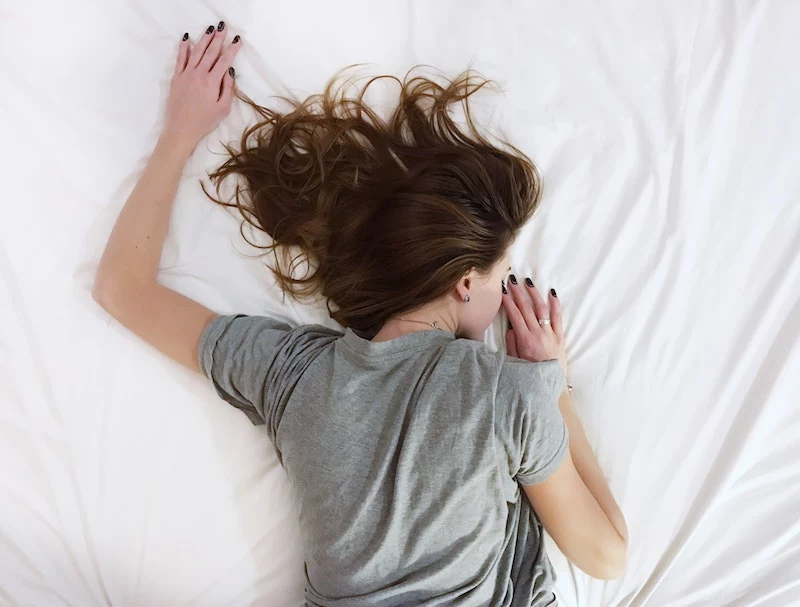
I have to mention smoking. The damage it does is profound. It constricts blood vessels, starving your skin of the oxygen and nutrients it needs to repair itself. This accelerates the breakdown of collagen and elastin, leading to premature sagging and a distinct greyish, sallow skin tone. Quitting is incredibly hard, but the skin’s ability to bounce back once blood flow is restored is truly remarkable.
And then there’s stress. I can often tell when a client is going through a tough time just by looking at their skin—more breakouts, redness, or flare-ups of conditions like eczema. When you’re stressed, your body pumps out cortisol. As we know, chronic high cortisol is a collagen-killer. Telling someone to ‘just stop stressing’ is the least helpful advice ever, right? Instead, find small, manageable ways to decompress. A ten-minute walk, a few deep breaths, putting your phone away an hour before bed… these little acts can genuinely lower cortisol and improve your skin.
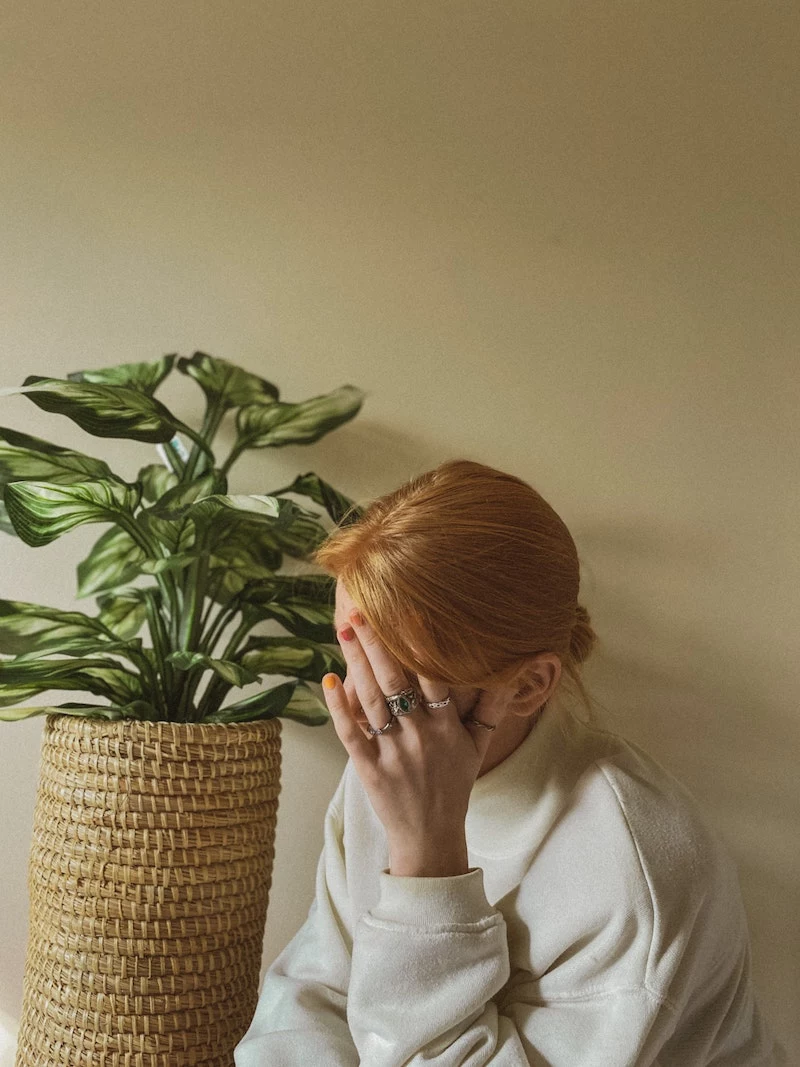
Quick Habits with Big Payoffs
Even your daily shower can affect your skin’s health. Here’s a quick tip that can make a huge difference.
A long, steaming hot shower feels amazing, but it’s brutal on your skin. The heat strips away the natural oils that form your protective moisture barrier. When that barrier is compromised, water escapes easily, leaving your skin dry, tight, and itchy. Here’s a little challenge: a 24-Hour Skin Win. Tonight, take a lukewarm shower instead of a hot one, keep it under ten minutes, and apply your body moisturizer within three minutes of patting your skin dry. Applying it to slightly damp skin helps lock in that moisture. I promise, you will feel the difference in softness by morning.
Also, remember that where you live matters. In dry climates, you’ll need richer, thicker moisturizers to prevent water loss. A humidifier in your bedroom can be a game-changer. In humid climates, lightweight gels often feel much better. Adjusting to your environment is a pro move.
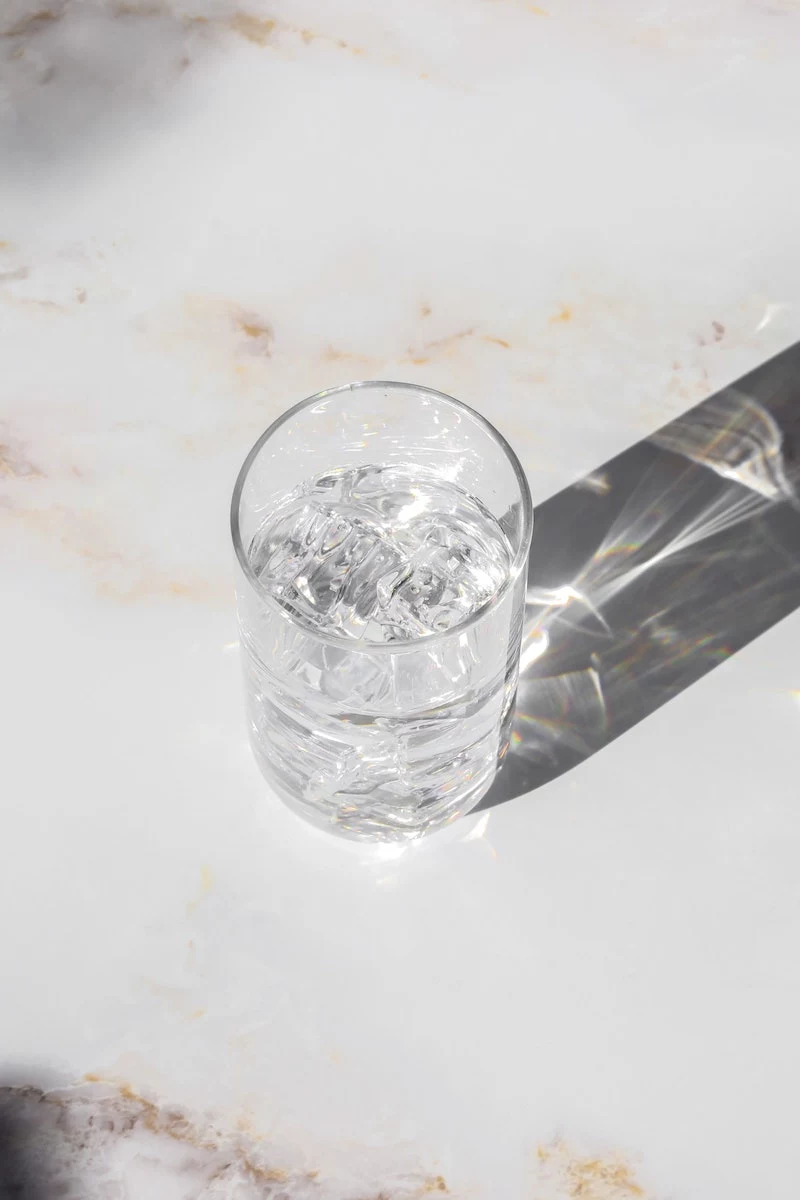
Taking the Next Step (and Knowing Your Limits)
Once you’ve got the basics down, you might want to explore more powerful ingredients. But it’s crucial to go slow and know when you need a real expert.
For those looking to proactively address texture and signs of aging, retinoids (derived from Vitamin A) and Vitamin C are heavy hitters. Retinoids are the gold standard for boosting cell turnover and stimulating collagen. Heads up! They must be introduced slowly to avoid turning into a red, flaky mess. Start with a low-concentration, over-the-counter product, maybe with 0.25% or 0.3% retinol, and use it just twice a week at first. Please don’t jump straight to a 1% formula!
Before you try any potent new product, you should always do a patch test. It’s super easy: 1. Dab a tiny bit of the product on a discreet spot, like behind your ear or on your inner wrist. 2. Leave it alone for a full 24 to 48 hours. 3. If you see no redness, itching, or irritation, you’re likely good to go.

Finally, know who to see for what. An esthetician, like me, is here to support your skin’s health with non-invasive treatments, build you a great routine, and provide education. A dermatologist is a medical doctor who diagnoses and treats skin diseases. If you have a suspicious mole, severe cystic acne, or a medical skin condition, you must see a dermatologist. It’s about getting the right care from the right professional.
Feeling a bit overwhelmed? I get it. If you’re going to start anywhere, focus on these three things:
- Wear broad-spectrum SPF 30+ sunscreen. Every. Single. Day.
- Properly and thoroughly wash your face every single night.
- Apply your moisturizer to slightly damp skin to lock in hydration.
At the end of the day, the path to healthy skin isn’t about a magic bullet. It’s a journey of small, consistent, and smart choices. By focusing on these core habits, you give yourself the power to maintain strong, resilient skin that you can feel good about at any age.

Inspirational Gallery
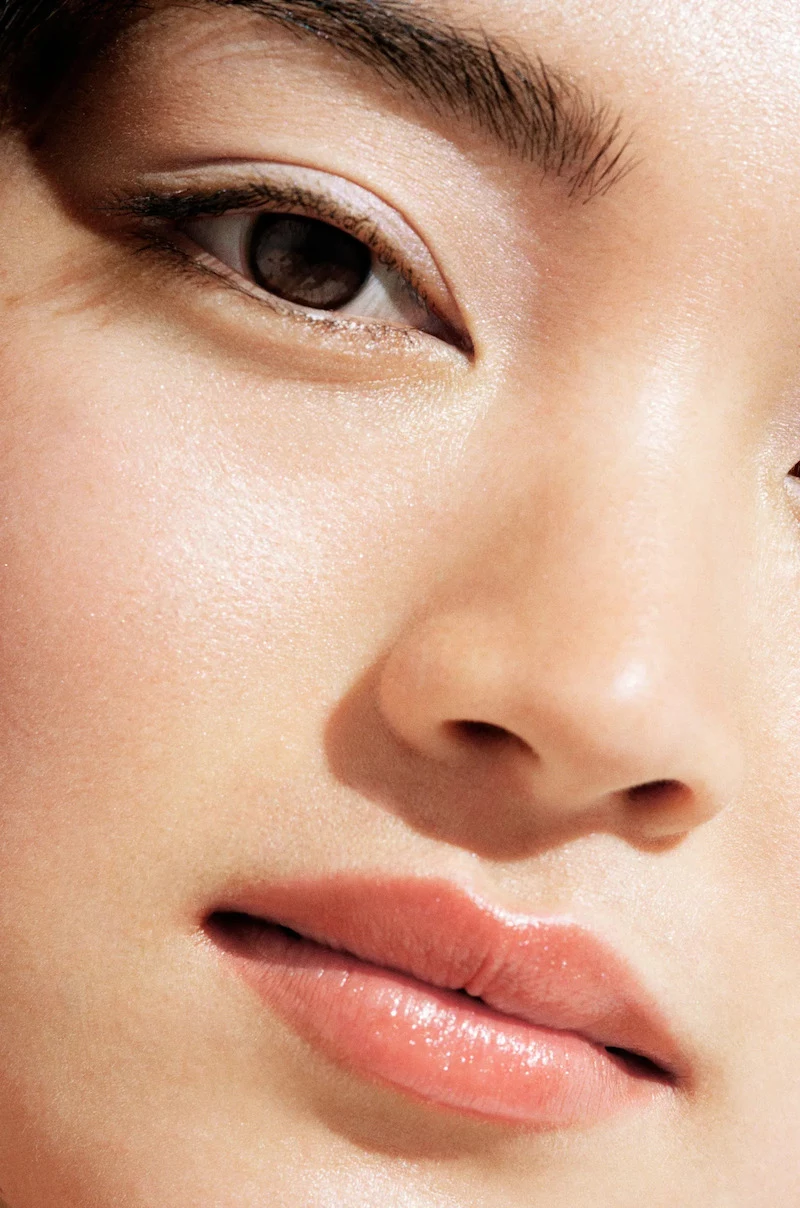
How do I choose the right sunscreen with so many options?
It often comes down to two main types: mineral and chemical. Mineral sunscreens use Zinc Oxide and/or Titanium Dioxide to physically block UV rays. They sit on the skin’s surface and are fantastic for sensitive or reactive skin types—think brands like EltaMD UV Clear. Chemical sunscreens, like the popular La Roche-Posay Anthelios line, use compounds that absorb UV light and convert it into heat. They are often lighter in texture and apply invisibly, making them a great choice under makeup. The best one is truly the one you’ll enjoy wearing every single day.










